Luxor (Arabic: الأقصر, romanized: al-ʾuqṣur, lit. 'the palaces') is a city in Upper Egypt, which includes the site of the Ancient Egyptian city of Thebes. Luxor had a population of 1,333,309 in 2020, with an area of approximately 417 km2 (161 sq mi) and is the capital of the Luxor Governorate. It is among the oldest inhabited cities in the world.
Luxor has frequently been characterized as the "world's greatest open-air museum", as the ruins of the Egyptian temple complexes at Karnak and Luxor stand within the modern city. Immediately opposite, across the River Nile, lie the monuments, temples and tombs of the west bank Theban Necropolis, which includes the Valley of the Kings and Valley of the Queens. Thousands of tourists from all around the world arrive annually to visit Luxor's monuments, cont...Read more
Luxor (Arabic: الأقصر, romanized: al-ʾuqṣur, lit. 'the palaces') is a city in Upper Egypt, which includes the site of the Ancient Egyptian city of Thebes. Luxor had a population of 1,333,309 in 2020, with an area of approximately 417 km2 (161 sq mi) and is the capital of the Luxor Governorate. It is among the oldest inhabited cities in the world.
Luxor has frequently been characterized as the "world's greatest open-air museum", as the ruins of the Egyptian temple complexes at Karnak and Luxor stand within the modern city. Immediately opposite, across the River Nile, lie the monuments, temples and tombs of the west bank Theban Necropolis, which includes the Valley of the Kings and Valley of the Queens. Thousands of tourists from all around the world arrive annually to visit Luxor's monuments, contributing greatly to the economy of the modern city. Yusuf Abu al-Haggag is the patron saint of Luxor.
 Luxor Temple, seen from the east bank of the Nile
Luxor Temple, seen from the east bank of the NileLuxor was the ancient city of Thebes, the capital of Upper Egypt during the New Kingdom, and the city of Amun, later to become the god Amun-Ra. The city was regarded in the ancient Egyptian texts as wAs.t (approximate pronunciation: "Waset"), which meant "city of the sceptre", and later in Demotic Egyptian as ta jpt (conventionally pronounced as "tA ipt" and meaning "the shrine/temple", referring to the jpt-swt, the temple now known by its Arabic name Karnak, meaning "fortified village"), which the ancient Greeks adapted as Thebai and the Romans after them as Thebae. Thebes was also known as "the city of the 100 gates", sometimes being called "southern Heliopolis" ('Iunu-shemaa' in Ancient Egyptian), to distinguish it from the city of Iunu or Heliopolis, the main place of worship for the god Ra in the north. It was also often referred to as niw.t, which simply means "city", and was one of only three cities in Egypt for which this noun was used (the other two were Memphis and Heliopolis); it was also called niw.t rst, "southern city", as the southernmost of them.
The importance of the city started as early as the 11th Dynasty, when the town grew into a thriving city.[1] Montuhotep II, who united Egypt after the troubles of the First Intermediate Period, brought stability to the lands as the city grew in stature. The Pharaohs of the New Kingdom in their expeditions to Kush, in today's northern Sudan, and to the lands of Canaan, Phoenicia and Syria saw the city accumulate great wealth and rose to prominence, even on a world scale.[1] Thebes played a major role in expelling the invading forces of the Hyksos from Upper Egypt, and from the time of the 18th Dynasty to the 20th Dynasty, the city had risen as the political, religious and military capital of Ancient Egypt.
The city attracted peoples such as the Babylonians, the Mitanni, the Hittites of Anatolia (modern-day Turkey), the Canaanites of Ugarit, the Phoenicians of Byblos and Tyre, the Minoans from the island of Crete.[1] A Hittite prince from Anatolia even came to marry with the widow of Tutankhamun, Ankhesenamun.[1] The political and military importance of the city, however, faded during the Late Period, with Thebes being replaced as political capital by several cities in Northern Egypt, such as Bubastis, Sais and finally Alexandria.
However, as the city of the god Amun-Ra, Thebes remained the religious capital of Egypt until the Greek period.[1] The main god of the city was Amun, who was worshipped together with his wife, the Goddess Mut, and their son Khonsu, the God of the moon. With the rise of Thebes as the foremost city of Egypt, the local god Amun rose in importance as well and became linked to the sun god Ra, thus creating the new 'king of gods' Amun-Ra. His great temple at Karnak, just north of Thebes, was the most important temple of Egypt right until the end of antiquity.
Later, the city was attacked by Assyrian emperor Ashurbanipal who installed a new prince on the throne, Psamtik I.[1] The city of Thebes was in ruins and fell in significance. However, Alexander the Great did arrive at the temple of Amun, where the statue of the god was transferred from Karnak during the Opet Festival, the great religious feast.[1] Thebes remained a site of spirituality up to the Christian era, and attracted numerous Christian monks of the Roman Empire who established monasteries amidst several ancient monuments including the temple of Hatshepsut, now called Deir el-Bahri ("the northern monastery").[1]
Following the Muslim conquest of Egypt, part of the Luxor Temple was converted from a church to a mosque. This mosque is currently known as the Abu Haggag Mosque today.
The 18th century saw an increase of Europeans visiting Luxor, with some publishing their travels and documenting its surroundings, such as Claude Sicard, Granger, Frederick Louis Norden, Richard Pococke, Vivant Denon and others. By the 20th century, Luxor had become a major tourist destination.
Archaeology The area in 1809, from the Description de l'Égypte.
The area in 1809, from the Description de l'Égypte.In April 2018, the Egyptian Ministry of Antiquities announced the discovery of the shrine of god Osiris- Ptah Neb, dating back to the 25th dynasty in the Temple of Karnak. According to archaeologist Essam Nagy, the material remains from the area contained clay pots, the lower part of a sitting statue and part of a stone panel showing an offering table filled with a sheep and a goose which were the symbols of the god Amun.[2][3][4]
On the same day in November 2018, two different discoveries were announced. One was by the Egyptian Supreme Council of Antiquities that had found a 13th-century tomb on the West Bank belonging to Thaw-Irkhet-If, the overseer of the mummification shrine at the temple of Mut, and his wife.[5] Five months of excavation work until this point had revealed colorful scenes of the family and 1,000 funerary statues or ushabti.[5] The other discovery was of 1000 ushabti and two sarcophagi each containing a mummy in the TT33 complex by a joint team from the IFAO (French Institute of Oriental Archaeology, Cairo, Egypt) and the University of Strasbourg.[5][6] One of the sarcophagi was opened in private by Egyptian antiquities officials, while the other, of a female 18th Dynasty woman named Thuya, was opened in front of international media.[5][7][8]
In October 2019, Egyptian archaeologists headed by Zahi Hawass revealed an ancient "industrial area" used to manufacture decorative artefacts, furniture and pottery for royal tombs. The site contained a big kiln to fire ceramics and 30 ateliers. According to Zahi Hawass, each atelier had a different aim – some of them were used to make pottery, others used to produce gold artefacts and others still to churn out furniture. About 75 meters below the valley, several items believed to have adorned wooden royal coffins, such as inlaid beads, silver rings and gold foil were unearthed. Some artefacts depicted the wings of deity Horus.[9][10]
In October 2019, the Egyptian archaeological mission unearthed thirty well-preserved wooden coffins (3,000 years old) in front of the Mortuary Temple of Hatshepsut in El-Assasif Cemetery. The coffins contained mummies of twenty-three adult males, five adult females and two children, who are believed to be from the middle class. According to Hawass, mummies were decorated with mixed carvings and designs, including scenes from Egyptian gods, hieroglyphs, and the Book of the Dead, a series of spells that allowed the soul to navigate in the afterlife. Some of the coffins had the names of the dead engraved on them.[11][12][13][14]
On the 8th of April 2021, Egyptian archaeologists led by Zahi Hawass found Aten, a 3,400-year-old "lost golden city" near Luxor. It is the largest known city from Ancient Egypt to be unearthed to date. The site was said by Betsy Bryan, professor of Egyptology at Johns Hopkins University to be "the second most important archaeological discovery since the tomb of Tutankhamen".[15] The site is celebrated by the unearthing crew for showing a glimpse into the ordinary lives of living ancient Egyptians whereas past archaeological discoveries were from tombs and other burial sites. Many artefacts are found alongside the buildings such as pottery dated back to the reign of Amenhotep III, rings and everyday working tools. The site is not completely unearthed as of the 10th of April 2021.[15]






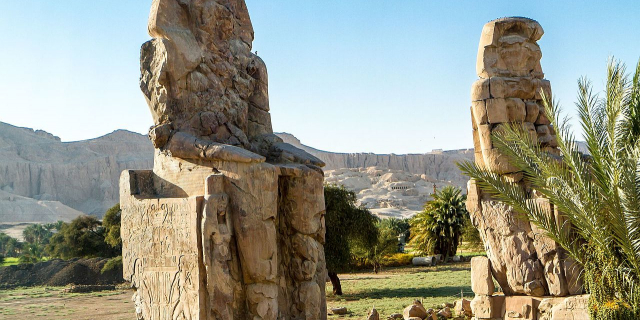

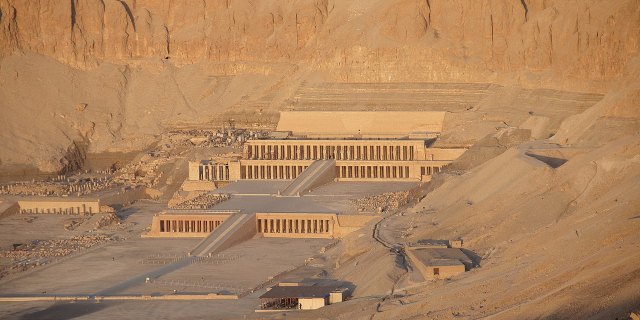

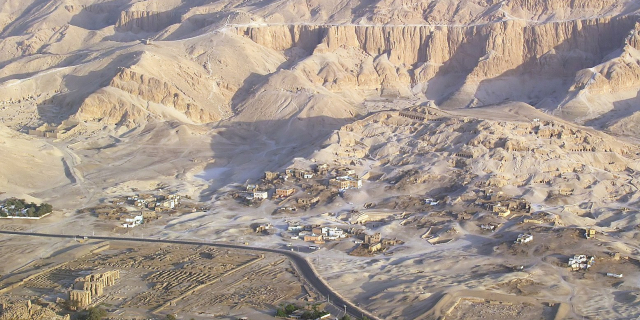

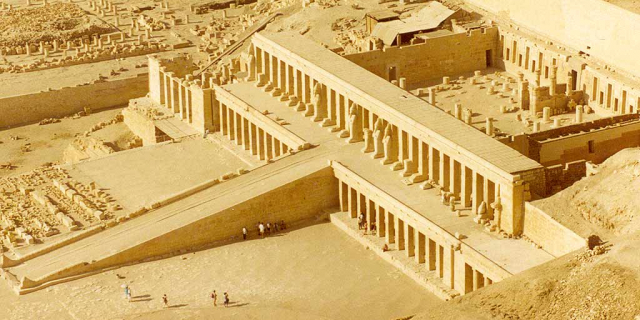

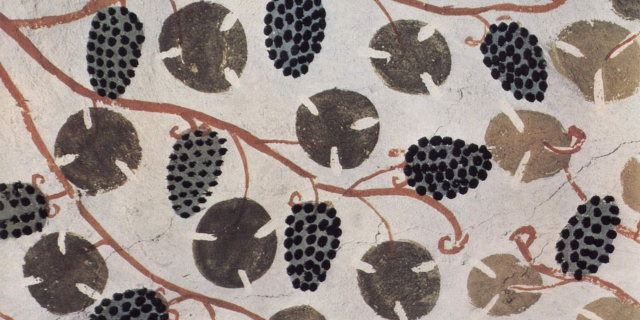



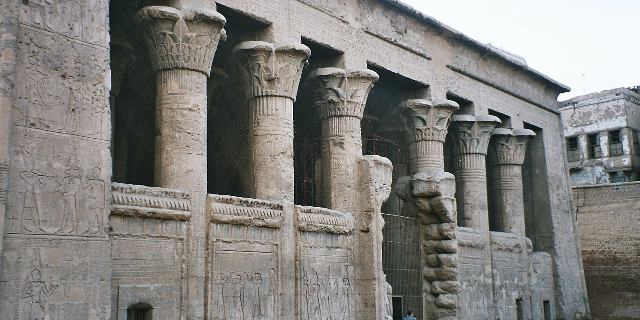
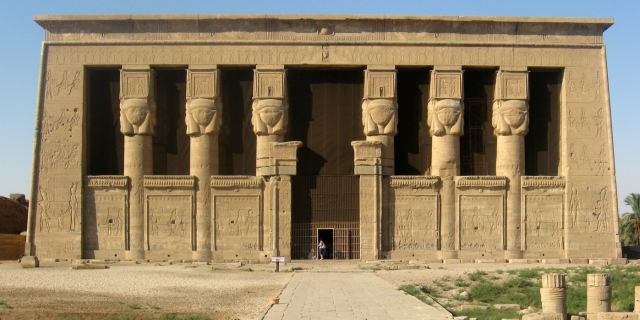

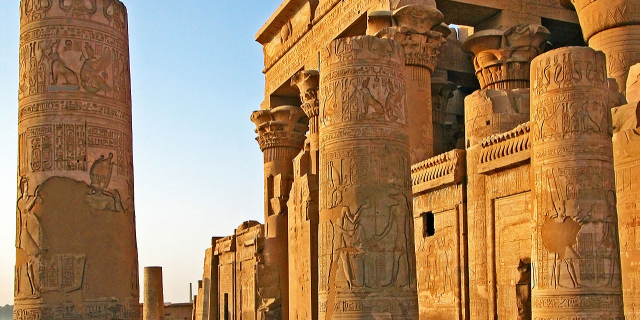
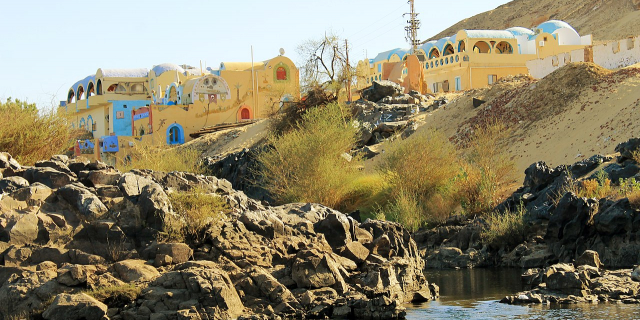

Add new comment